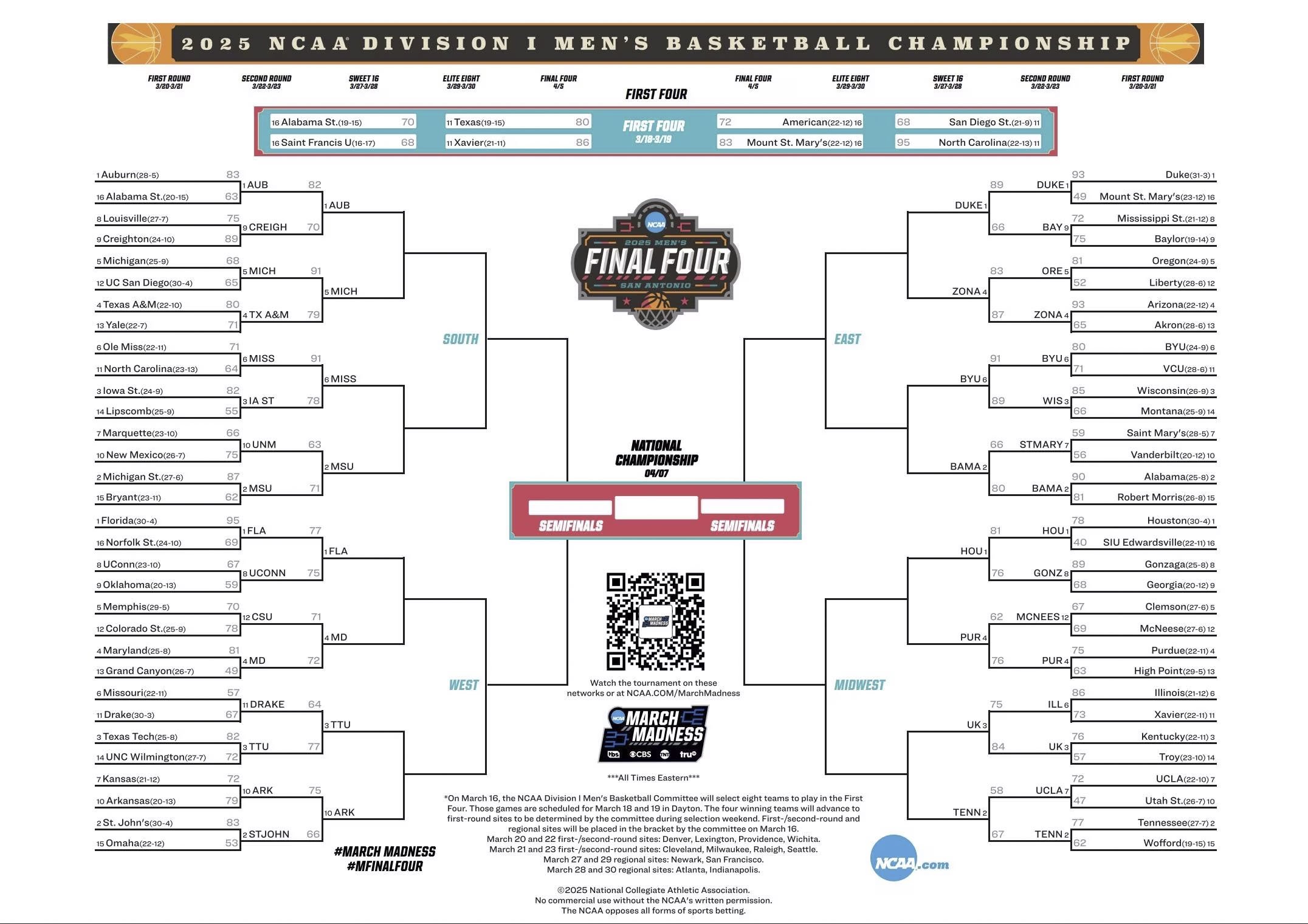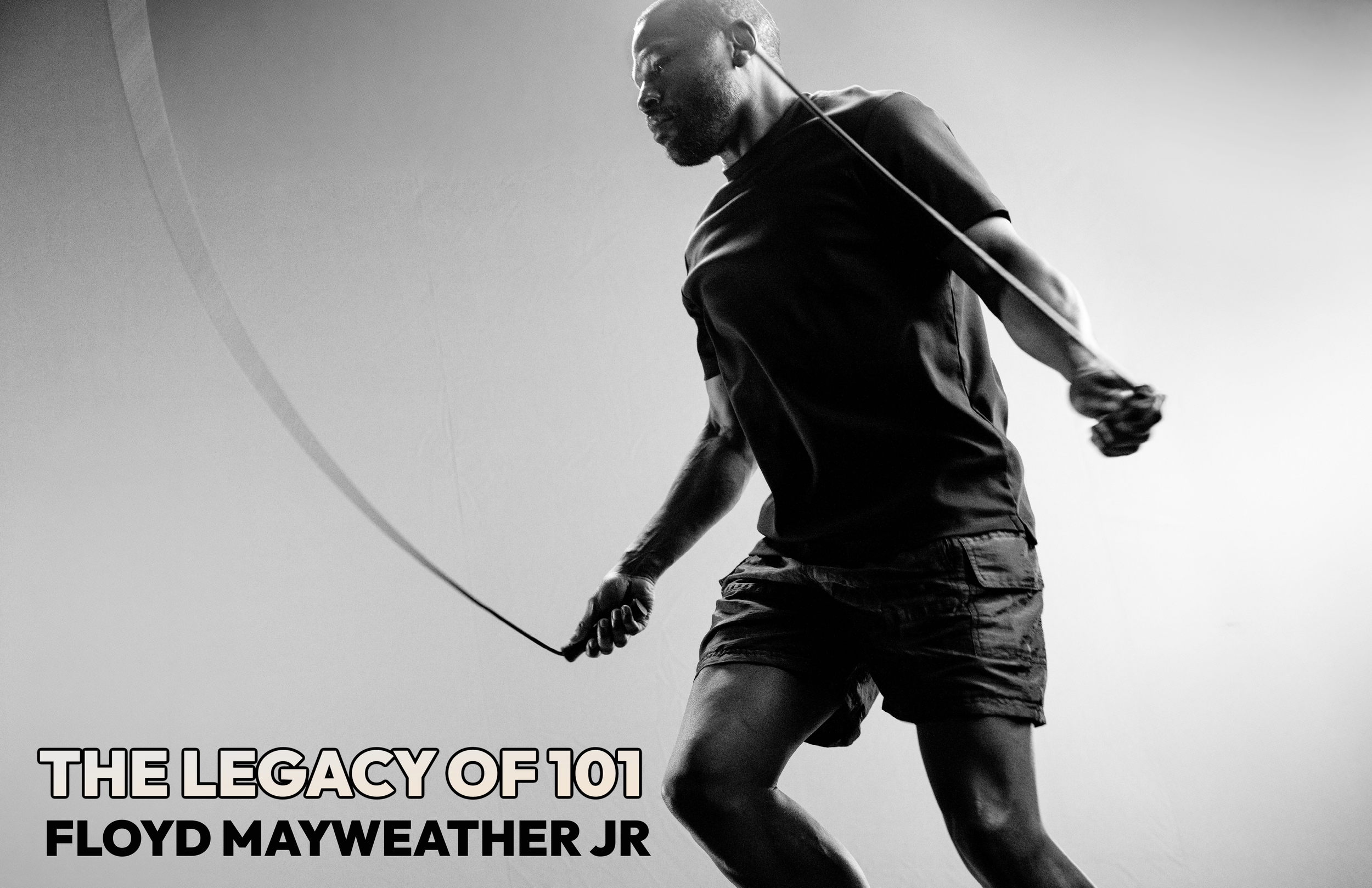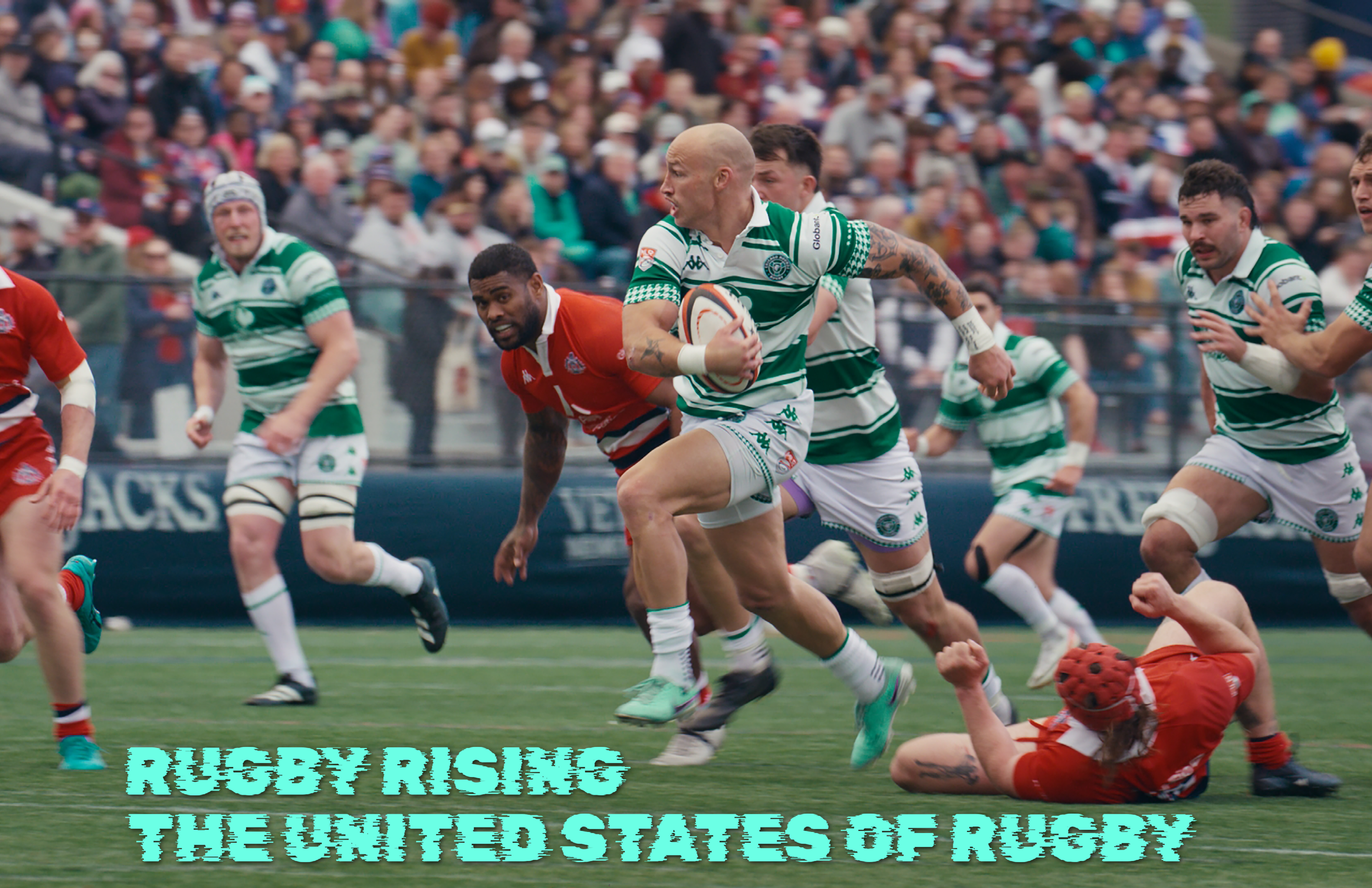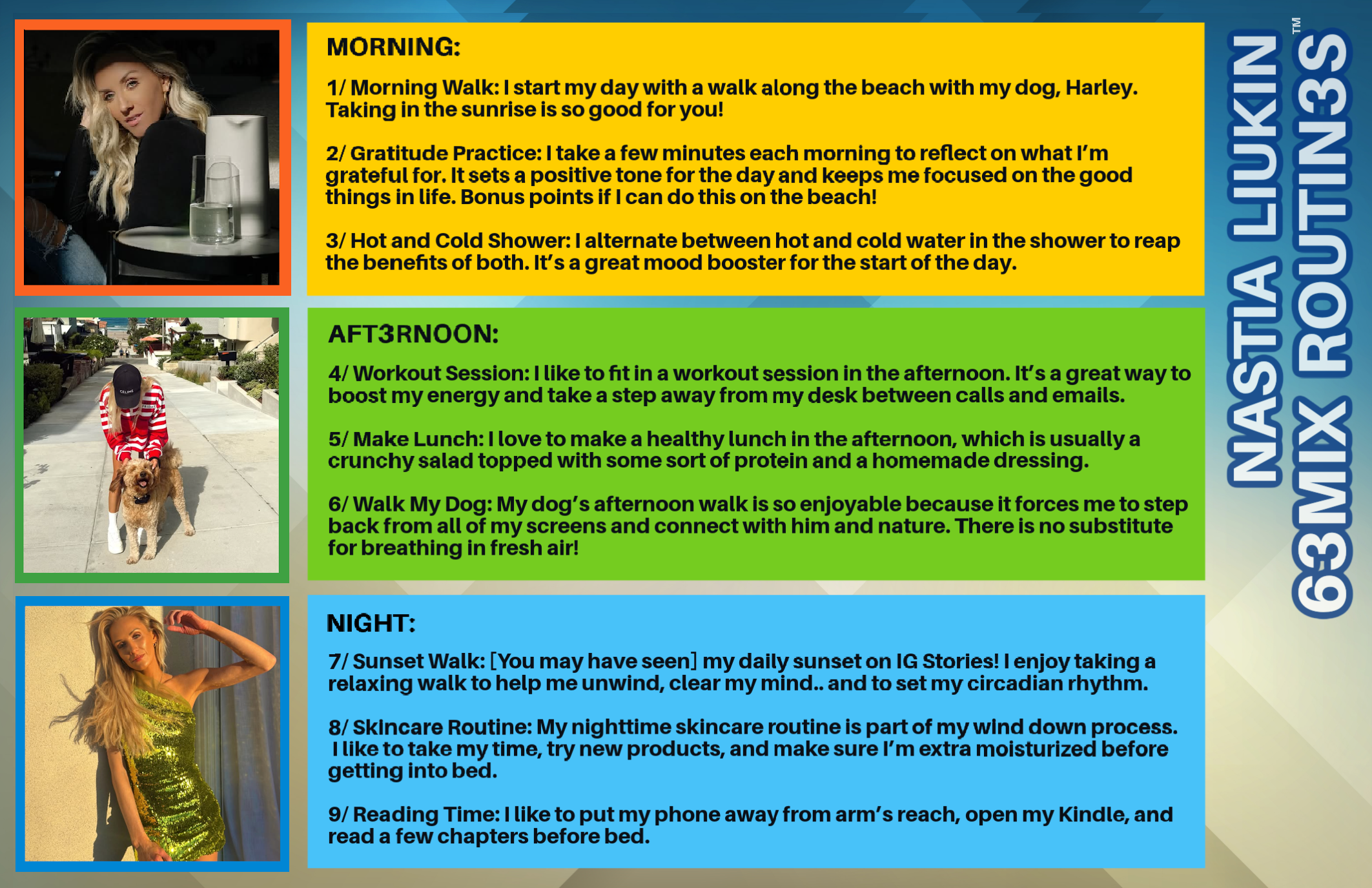In history, since there have been sports competitions in any form, even since the ancient Olympics, nothing like this has happened now. Especially in the modern world, where it’s unthinkable to stop practically everything in only a few days. The issue we’re talking about is, of course, factual state that emerged from the novel COVID-19 pandemic, which completely paralyzed sports activities.
How much will such a break, almost unprecedented in the history of sports, affect the form of the top athletes, and how long will it take for them to be seen again in their old psychophysical condition?
It’s extremely difficult for professional athletes to take a break from sports. Accustomed to life which, among other things, consists of constant competitions, travels, and training, they now had to put it all aside. It’s hard, but they had no choice - to accept the situation and use this time to rest as much as possible.
Hard to Get Back in Shape
Getting back in shape, so-called match fitness, will undoubtedly be the most difficult task for athletes when pandemic disappears.
“There are different aspects to it,” says Richard Collinge, who is the Head of Medical Services at Premier League club West Ham United, and recently spoke with Betway.
“The science behind it all is now a major guide as to objectively clearing a player to return to training and then to return to a match, but the player has to also be psychologically ready. Those two things have to match, otherwise, that player is not going to be ready to play.”
This is an enormous break for those who are used to training and will need some time to get back in shape, and especially for athletes who compete in the top level. In addition to the necessary time, it will take patience to restore the quality of the sport, in general.
There will be a period in which a different rhythm and plan of sports events will take place. The season, which is timed from September to May in all major sports, was in the unfolding phase because the two most important and decisive months were to follow. These are the months when the most important and most-watched events, also the most expensive television broadcasts take place and that’s why this is financially the most difficult to compensate.
“I use fitness baselines to determine whether a player is ready or not,” says Tumi Masekela, the strength and conditioning coach for the South Africa men’s cricket team.
“But if he’s at a good level then we will start him with our warm-up games or franchise games before we move back onto the international scene. That’s definite – we will not allow a player back to an international game without playing any games beforehand so that we can evaluate their match fitness.”
Matches Without an Audience
What follows is a period of standstill for athletes who were supposed to be at their peak this summer. These athletes will now have to drop their form and then raise it again. There are some sports whose athletes are on the forefront in the sense that it’s imperative for them to be match fit immediately, unlike other athletes who don’t have that imperative.
It will be additionally difficult that the matches, it’s certain, will be played without an audience in the beginning. The matches behind closed doors will be mentally difficult for the athletes, and it will be a challenge for them to return to the system after only a few weeks.
The Major Events Stopped by the Coronavirus
Due to the COVID-19 pandemic, the Olympic Games in Tokyo, which were supposed to be held from July 24 to August 9 this year, have been postponed to 2021, which is the first time in history that the Summer Olympics have been canceled.
Also, this year’s Wimbledon tennis tournament in London was canceled due to a pandemic, for the first time since 1945. The coronavirus “suspended” the American basketball NBA league. Also, the basketball matches of the Euroleague were postponed indefinitely.











